Self-rising flour is a staple in a variety of baking recipes. Be told tips on how to make self-rising flour from all-purpose flour with this simple, 3-ingredient exchange!
On the lookout for extra baking guidelines and simple substitutions? Take a look at tips on how to make a buttermilk exchange and tips on how to make cake flour, too!
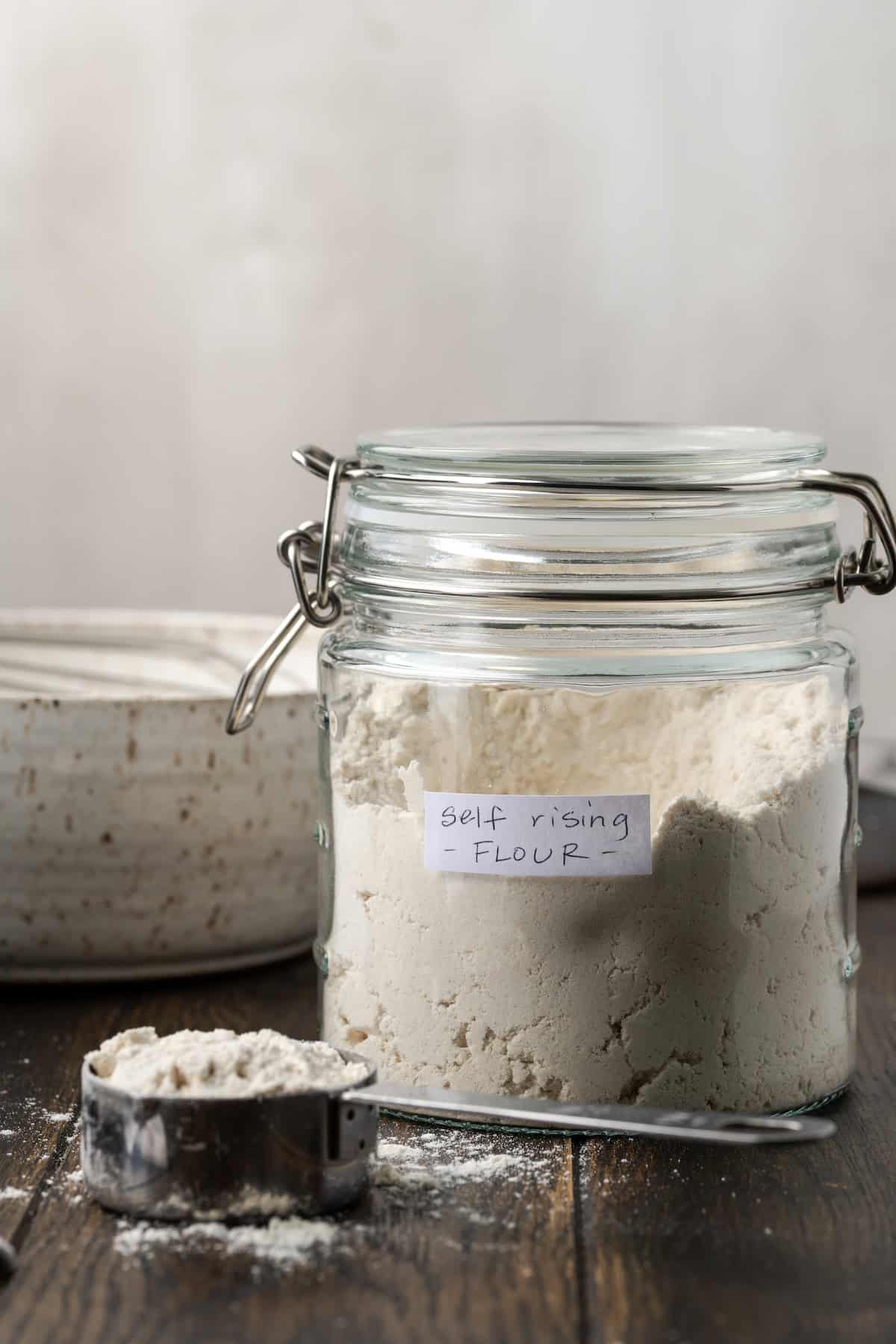
Why You’ll Love This Self Emerging Flour Recipe
Questioning what self-rising flour is? Or perhaps you have got a recipe that requires it, however you don’t have any available. I’m protecting the entire bases with this simple educational on tips on how to make your personal with most effective 3 substances! Right here’s why you wish to have this simple exchange to your lifestyles:
- Save an emergency travel to the shop. The following time you run out of store-bought self-rising flour, it’s simple to make your personal at house in a pinch.
- Nice for baking. Self-rising flour is strictly what it feels like, a type of flour that is helping baked items upward thrust with out the addition of yeast or baking powder. There’s much less measuring and combining wanted.
- 3 substances. You probably have all-purpose flour, merely mix it with baking powder and salt – that’s it!
- Lengthy-term garage. Have this exchange available within the pantry for all of your favourite recipes. Saved hermetic, it assists in keeping for months!
What’s the Distinction Between All-Goal Flour and Self-Emerging Flour?
Self-rising flour is very similar to all-purpose, with one key distinction: the previous has salt and baking powder already integrated to behave as a leavening agent. So, when you’ve got a recipe that requires this 3-in-1 component, and also you most effective have all-purpose flour to your pantry, you’ll be able to make a very simple exchange by means of including the lacking leavening. Right here’s tips on how to do it!
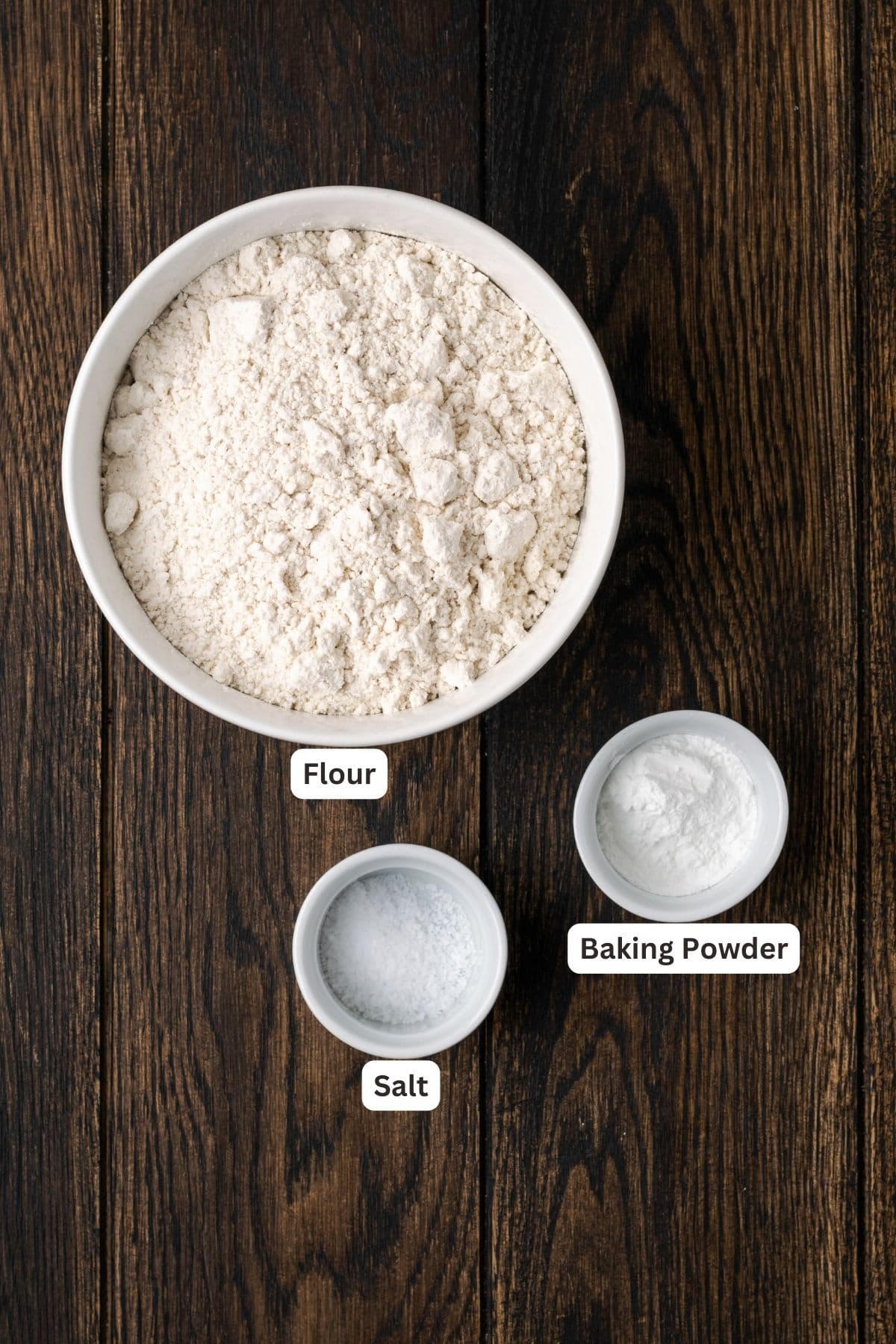
What You’ll Want
Take a look at the three pantry substances you’ll want together with some fast notes. Scroll all the way down to the recipe card for a printable substances checklist.
- All-Goal Flour – This selfmade exchange begins with simple flour. You’ll be able to additionally exchange part of the all-purpose with entire wheat flour in the event you’d like.
- Baking Powder – Make sure to’re the use of contemporary baking powder and now not baking soda, as they aren’t the similar factor.
- Salt – Kosher salt or some other nice salt is easiest.
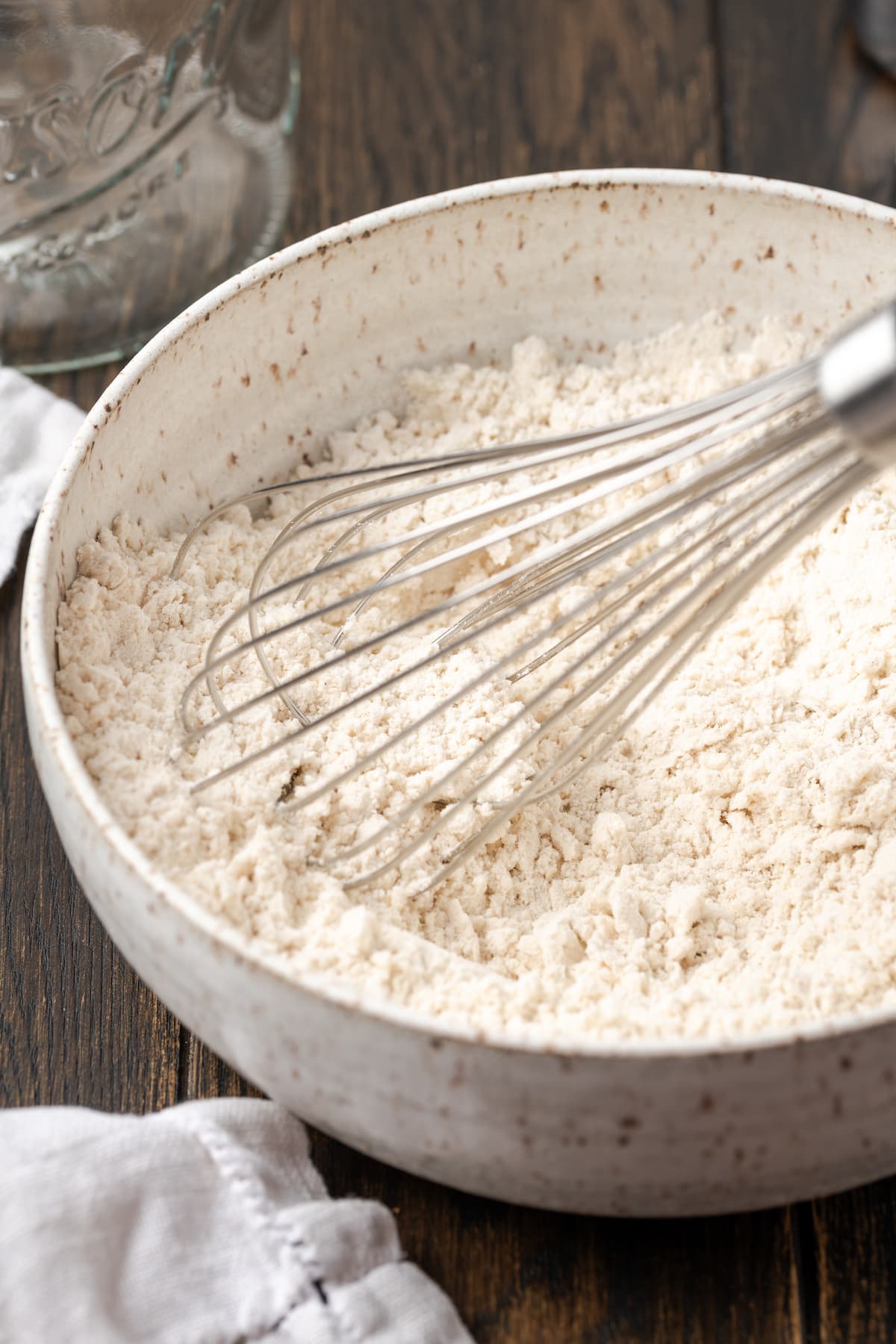
Tips on how to Make Self Emerging Flour
The following time you end up wanting this component, don’t panic. To make all-purpose flour self-rising, use this easy method:
For each 1 cup of normal flour, mix with 1 ½ teaspoons of baking powder and ¼ teaspoon of salt. Whisk the substances in combination in order that they’re frivolously allotted. Voila!
Can I Change Self Emerging Flour for All-Goal Flour?
Certain! Self-rising flour can substitute all-purpose flour in recipes that decision for as much as 1 teaspoon of baking powder consistent with cup of flour. In case your recipe calls for greater than 1 teaspoon of baking powder consistent with cup of flour, you’ll want to upload sufficient baking powder to make up the variation.
This exchange comes in handy in baking recipes comparable to pancakes, biscuits, scones, or identical. Since selfmade self-rising flour is upper in protein, the effects might not be moderately as delicate, but it surely works nice in a pinch. And also you won’t even be capable of inform the variation!
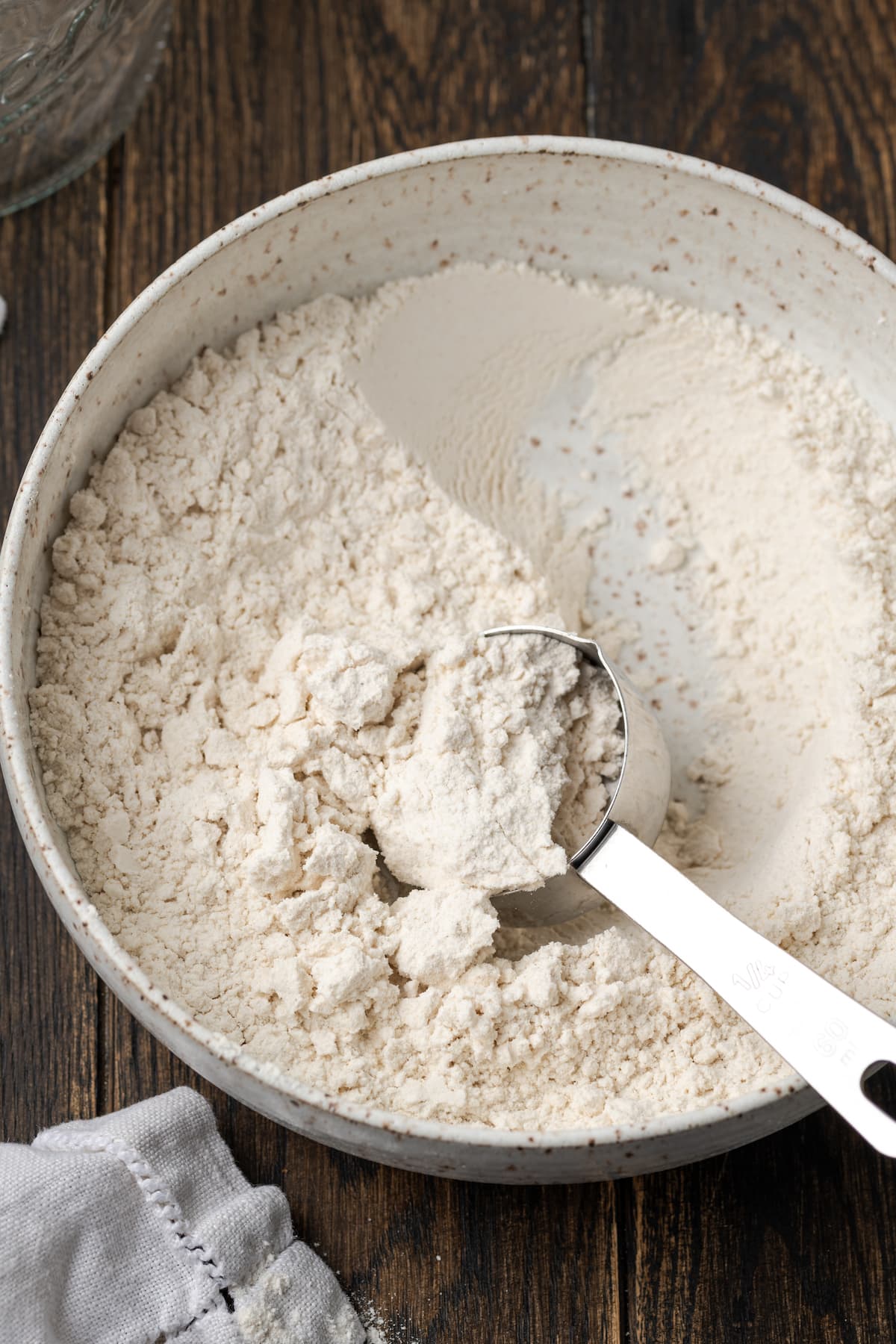
Pointers for Luck
That is the sort of easy baking hack to have available. It’s principally foolproof, however listed below are some ultimate guidelines for the most efficient effects:
- Skip the salt. Should you’re the use of this exchange in yeasted bread recipes or dinner rolls, pass over the salt.
- Measure the flour appropriately. The easiest way to try this is with a kitchen scale. Then again, in the event you don’t have a scale, use the spoon-and-sweep manner: spoon the flour from the bag into the measuring cup, after which degree off the highest with the again of a knife. By no means scoop the flour immediately from the bag, as you’ll finally end up with manner an excessive amount of.
- Test expiration dates. Contemporary baking powder is very important. Test the dates at the labels to ensure that the baking powder you’re the use of hasn’t expired. Should you’re not sure, you’ll be able to test the baking powder’s freshness by means of including a small quantity to boiling water. If it’s great and bubbly, you’re all set.
- Scale the recipe. I come with tips on how to make 2 cups within the recipe card on the finish of the put up. You’ll be able to scale this elementary recipe up or down as wanted (see the method above). You’ll be able to select to make precisely the quantity you wish to have or make a big batch and shop the extras. Confer with the garage main points in a while.
- Don’t skip the baking soda. If a recipe requires baking soda, don’t skip it! As we’ve established, baking soda has a special chemical make-up from baking powder, and so they aren’t interchangeable.
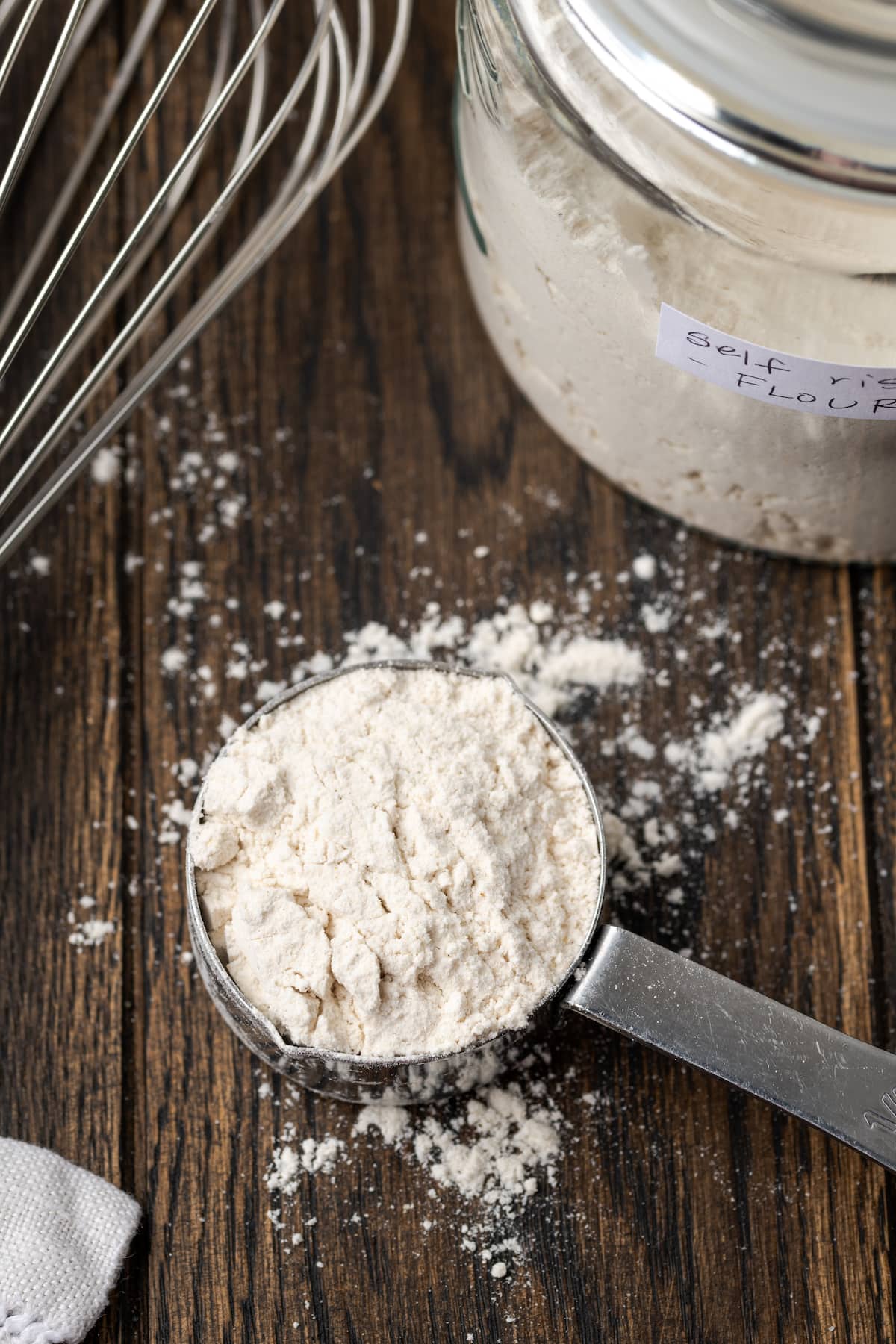
Incessantly Requested Questions
No, baking soda, often known as bicarbonate of soda or sodium bicarbonate, and baking powder aren’t the similar. Baking powder is made with baking soda, cream of tartar, and cornstarch added. See my baking powder exchange for main points.
Self-rising flour is a straightforward “shortcut” component in lots of baking because the leavening is already integrated. It’s particularly fashionable in Southern recipes for biscuits, cornbread, pancakes, waffles, cinnamon rolls, fast breads, and extra.
Cake flour is a kind of low-protein flour and the important thing to a cushy, delicate crumb in recipes like my vanilla cake and chiffon cake. I don’t counsel changing cake flour with self-rising flour until a recipe suggests it.
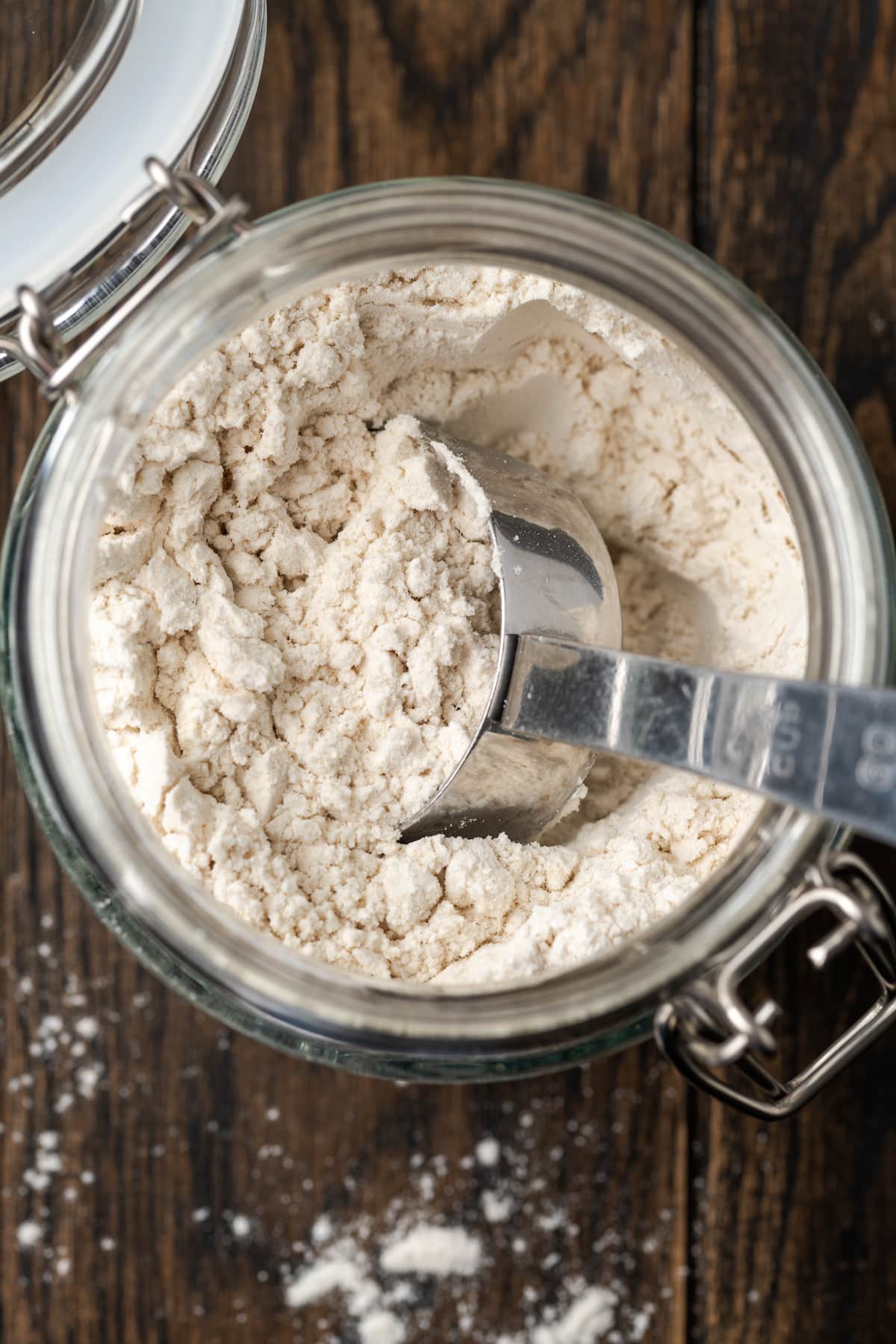
Tips on how to Retailer
Retailer your flour in an hermetic jar or container within the pantry for as much as 6 months. Maintaining the flour someplace cool and dry is essential in order that the baking powder doesn’t turn on.
Extra Baking Pointers
Description
Self increasing flour is a staple in a variety of baking recipes. Discover ways to make self-rising flour from all-purpose flour with this simple, 3-ingredient exchange!
- 2 cups all goal flour
- 3 teaspoons baking powder
- 3/4 teaspoon kosher salt
- In a big bowl whisk the entire substances in combination.
Notes
- Retailer hermetic for as much as 6 months.
Key phrases: tips on how to make self increasing flour, self increasing flour recipe
Need To Save This Recipe?
To find extra recipes like this:
PIN for later:
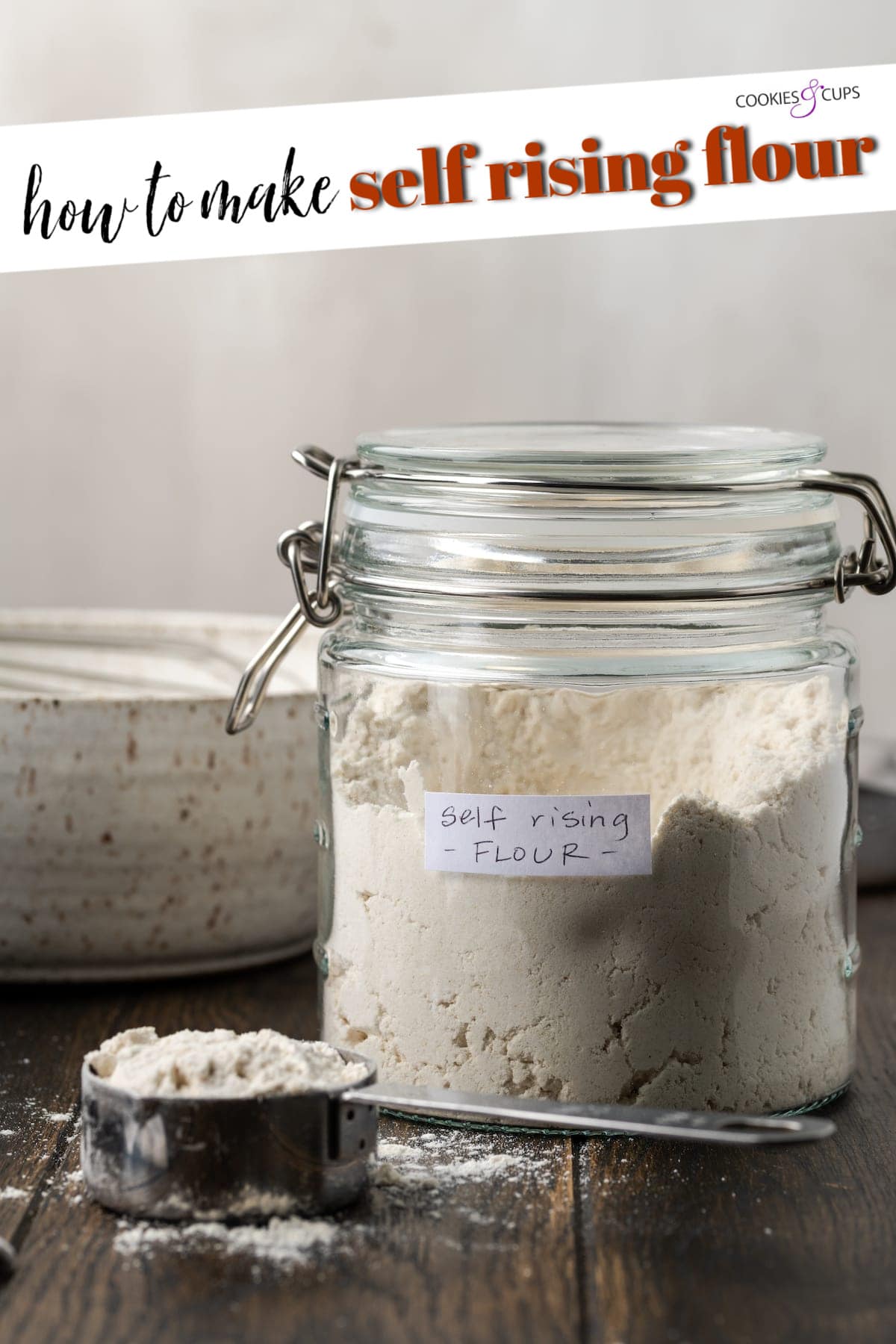

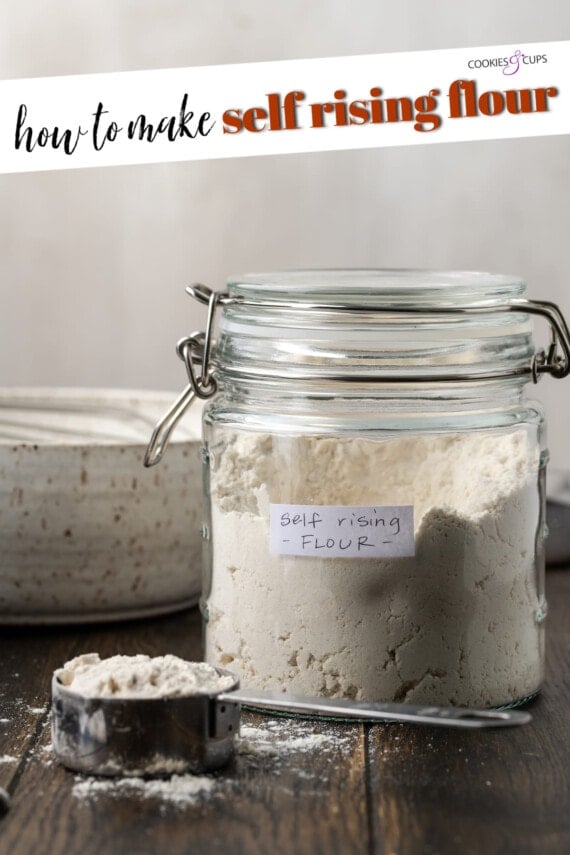
Leave a Reply